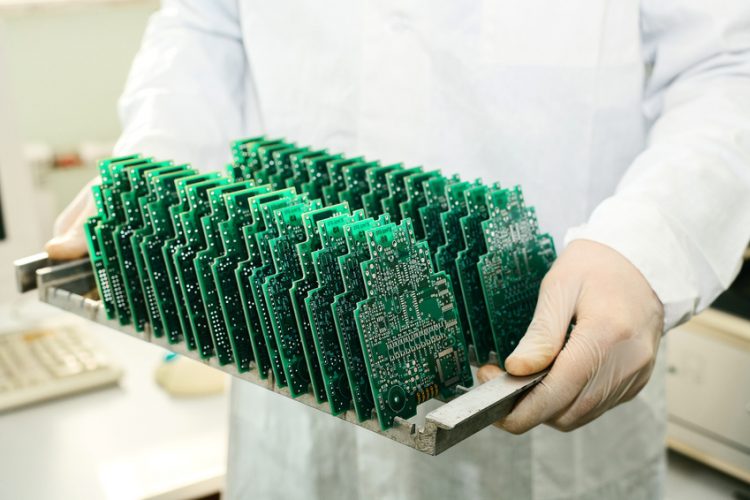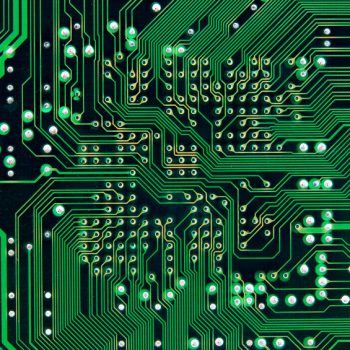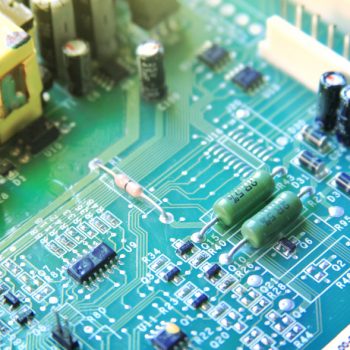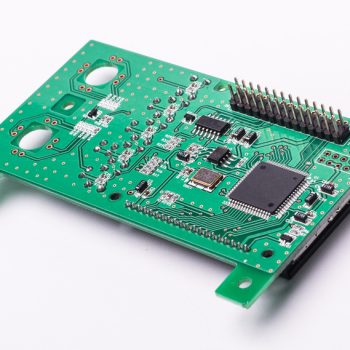Prototype printed circuit boards can be found in any type of electronic, from your mobile phone and television to your e-reader and computer. And as our electronics get smaller, our circuit board prototyping becomes smaller and more complex, too. Whether you realize it or not, your electronics will be completely useless if their printed circuit boards’ fabrication and assembly were not completed correctly. To prevent short circuiting, here are some common PCB fabrication myths to be conscious of.
Myth: Once you have finished the electrical schematic process, the hard part is over.
True, it is important to make sure your prototype printed circuit board can handle the electrical current, the most important job of your board. However, once that is in place, there are still many factors that need to be considered. This includes physical design constraints, electrical interaction between signals, heat dissipation, and signal loss within the wires and traces. All of these components require the right engineering to produce a quality board.
Myth: Components can be placed anywhere on the board.
Many engineers believe that they can place their components anywhere on the board and it will result in an effective PCB. This is untrue, as each component needs to be placed in a specific area to ensure it works with the electrical scheme of the board. At the end of the day, placing components is a very important process of the entire PCB assembly.
Myth: Power distribution is not an important component
This is untrue, as power delivery has an incredibly important role in any prototype printed circuit board. It is critical for the performance of the board, and this must be taken into consideration before fabrication in order to deliver the right current.
Myth: All circuit boards are created the same
Yes, a typical board has two to four layers, with no drill holes less than 10 mils in diameter. Typically, they are 0.062 inches thick with a copper weight of 1 oz. However, this changes depending on the need of the board and what it is being used for.
Keep an eye out for our next blog post that will debunk more common printed prototype circuit boards myths.










